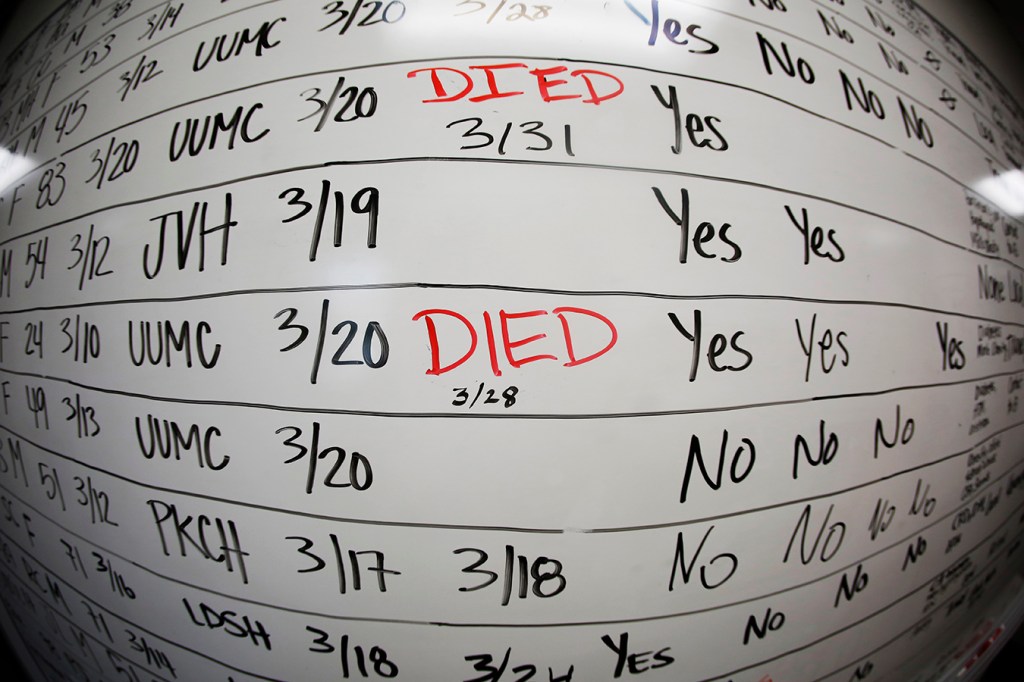Local and state public health departments across the country work to ensure that people in their communities have healthy water to drink, their restaurants don’t serve contaminated food and outbreaks of infectious diseases don’t spread. Those departments now find themselves at the forefront of fighting the coronavirus pandemic.
But years of budget and staffing cuts have left them unprepared to face the worst health crisis in a century.
KHN and The Associated Press sought to understand the scale of the cuts and how the decades-long starvation of public health departments by federal, state and local governments has affected the system meant to protect the nation’s health.
Here are six key takeaways from the KHN-AP investigation:
- Since 2010, spending for state public health departments has dropped by 16% per capita, and for local health departments by 18%. Local public health spending varies widely by county or town, even within the same state.
- At least 38,000 state and local public health jobs have disappeared since the 2008 recession, leaving a skeletal workforce in what was once viewed as one of the world’s top public health systems.
- Nearly two-thirds of Americans live in counties that spend more than twice as much on policing as they spend on non-hospital health care, which includes public health.
- More than three-quarters of Americans live in states that spend less than $100 per person annually on public health. Spending ranges from $32 in Louisiana to $263 in Delaware.
- Some public health workers earn so little that they qualify for government assistance. During the pandemic, many have found themselves disrespected, ignored or even vilified. At least 34 state and local public health leaders have announced their resignations, retired or been fired in 17 states since April.
- States, cities and counties whose tax revenues have declined during the current recession have begun laying off and furloughing public health staffers. At least 14 states have cut health department budgets or positions, or were actively considering such cuts in June, even as coronavirus cases surged in several states.







